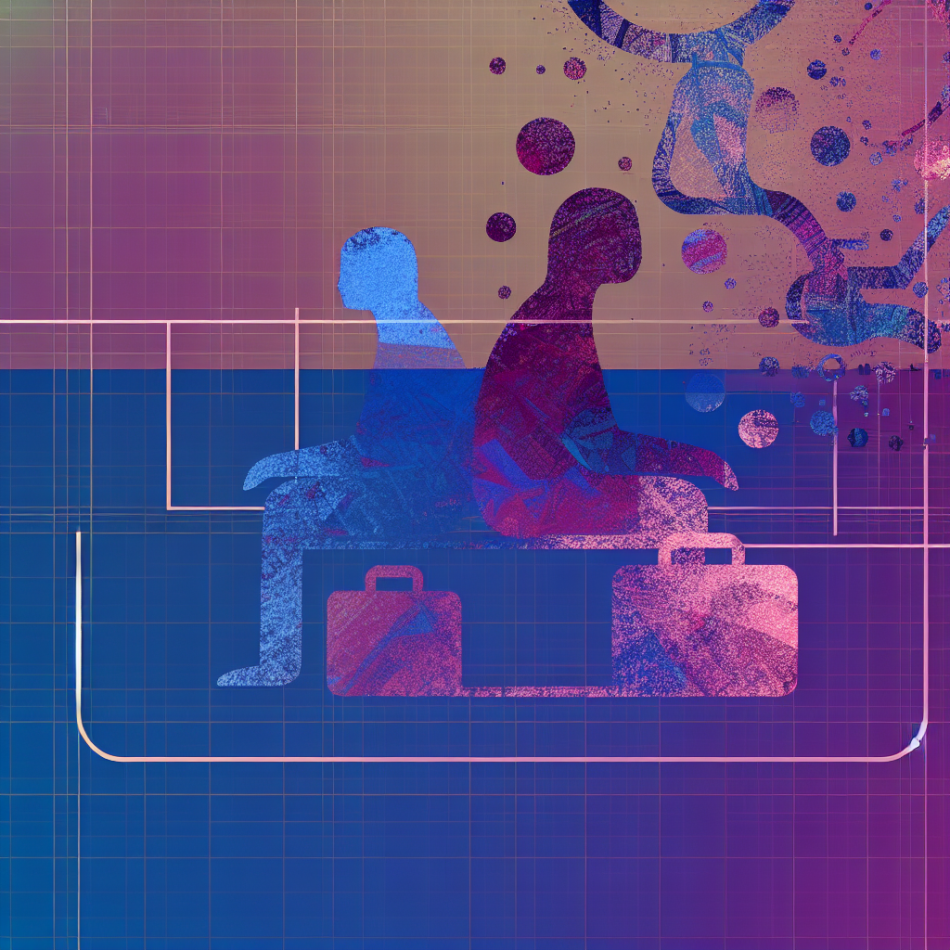Autistic Adults and Chronic Loneliness: A Hidden Crisis Demanding Urgent Action
Recent research reveals a startling truth: autistic adults are seven times more likely to experience chronic loneliness than their neurotypical peers. This statistic isn’t just a number—it’s a call to address systemic gaps in support, societal understanding, and inclusion. This article explores the roots of this disparity, its profound consequences, and actionable steps to foster meaningful connections for autistic individuals.
Understanding Chronic Loneliness in Autistic Adults
Chronic loneliness transcends occasional feelings of isolation. It is a persistent, distressing sense of being disconnected from others, often exacerbated by social, environmental, or structural barriers. For autistic adults, this experience is alarmingly common. Studies suggest that over 70% report frequent loneliness, compared to just 10-15% in the general population. This disparity stems not from inherent traits of autism, but from a society ill-equipped to accommodate neurodivergent needs.
Why Autistic Adults Face Higher Risks of Loneliness
Several intersecting factors contribute to this crisis:
- Social communication differences: Autistic individuals may express connection differently, preferring shared activities over small talk, yet such preferences are often misunderstood as disinterest.
- Sensory sensitivities: Noisy or crowded environments, common in social settings, can overwhelm autistic adults, leading to avoidance of gatherings.
- Stigma and masking: Many autistic people “mask” their natural behaviours to fit in, a exhausting practice that erodes self-esteem and authentic relationships.
- Transition to adulthood: Support systems often diminish after adolescence, leaving many without guidance to navigate adult social dynamics.
Societal and Structural Barriers Amplifying Isolation
Beyond individual challenges, systemic issues deepen the loneliness epidemic. Public spaces, workplaces, and social programmes frequently prioritise neurotypical norms, excluding those with sensory or communication needs. For example:
- Job interviews relying on eye contact or vague questions disadvantage autistic candidates, limiting employment opportunities—a key source of social connection.
- Mental health services often lack autism-specific training, leaving many without tailored coping strategies for isolation.
- Community events rarely offer “quiet hours” or clear schedules, making participation inaccessible.
These barriers signal a broader cultural oversight: the failure to recognise neurodiversity as a vital aspect of human variation requiring accommodation.
The Vicious Cycle of Loneliness and Mental Health
Chronic loneliness isn’t merely uncomfortable—it’s a public health crisis. Prolonged isolation correlates with higher rates of anxiety, depression, and physical health issues like cardiovascular disease. For autistic adults, who already face elevated risks of co-occurring mental health conditions, loneliness can intensify existing struggles. Worse, stigma often blames individuals for their isolation (“just try harder to socialise”), ignoring the structural changes needed to foster inclusion.
Building Bridges: Pathways to Connection and Inclusion
Addressing this crisis requires multifaceted solutions:
- Redefining social success: Encourage workplaces and communities to value diverse communication styles, such as written exchanges or parallel play, as equally valid forms of interaction.
- Creating autism-friendly spaces: Libraries, cafes, and event venues can offer sensory-friendly hours with dimmed lights, reduced noise, and clear signage.
- Peer support networks: Facilitate autistic-led social groups, where shared experiences reduce the pressure to mask and nurture genuine bonds.
- Policy advocacy: Governments must fund adult autism services, including social skills programmes tailored to autistic needs, not neurotypical expectations.
Critically, solutions must involve autistic voices in their design. “Nothing about us without us” isn’t just a slogan—it’s a prerequisite for effective change.
Conclusion: From Awareness to Allyship
The statistic that autistic adults face sevenfold higher rates of chronic loneliness is a damning indictment of societal exclusion. Yet, it also illuminates a path forward. By dismantling barriers, reimagining inclusivity, and prioritising autistic perspectives, we can transform isolation into belonging. This isn’t about “fixing” autistic individuals—it’s about fixing a world that too often denies them the right to connect. The time for action is now: every community member, employer, and policymaker has a role to play in building a society where no one is left behind.
